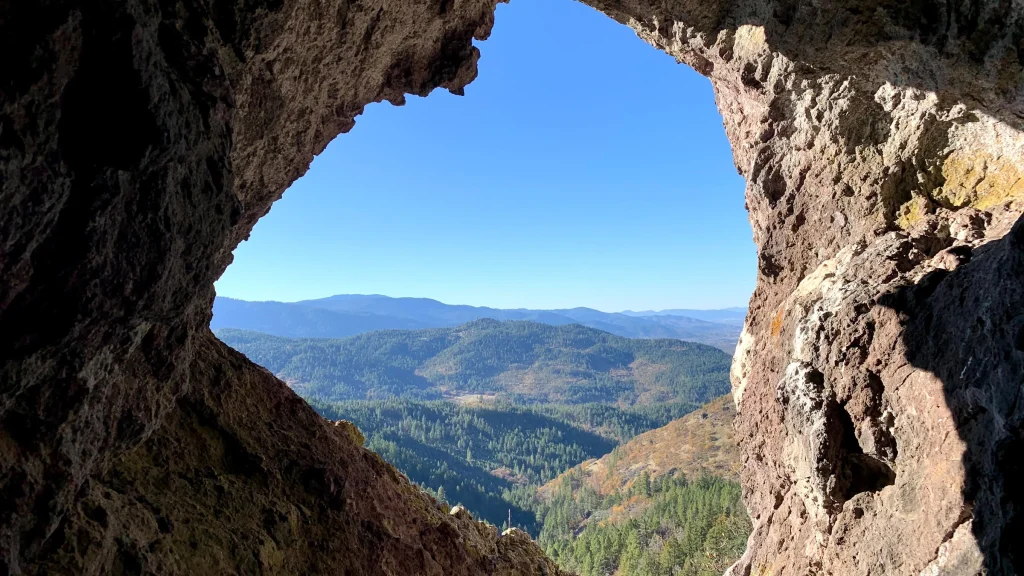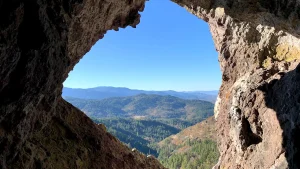- Overview
- Trip Outline
- Trip Includes
- Trip Excludes
- Gallery
- Reviews
- Booking
- FAQ
Caves are fascinating natural formations found all over the world, created through various geological processes over millions of years. They can be formed in different types of rock, such as limestone, granite, or volcanic rock, and they come in a wide range of sizes and shapes.
The formation of caves typically begins with the dissolution of rock by acidic groundwater, often containing carbonic acid derived from the carbon dioxide in the atmosphere or soil. Over time, this acidic water can erode and dissolve the rock, creating passages and chambers underground.
Caves can be accessed through natural openings like sinkholes, springs, or sea cliffs, or they may require human-made entrances such as tunnels or shafts. Inside, they can contain a diverse array of geological formations, including stalactites, stalagmites, columns, flowstones, and draperies, formed by the deposition of minerals carried by dripping water.
Caves often harbor unique ecosystems adapted to the dark, subterranean environment, including specialized cave-dwelling animals like bats, salamanders, insects, and blind fish. These ecosystems are delicate and highly sensitive to disturbances, making cave conservation and protection essential.
Humans have been fascinated by caves for thousands of years, using them for shelter, religious ceremonies, and artistic expression. Cave paintings and engravings, found in many parts of the world, offer glimpses into the lives and beliefs of ancient civilizations.
Today, caves are popular destinations for exploration, adventure, and scientific research. Caving, also known as spelunking or potholing, is a recreational activity that involves exploring caves and underground passages, often requiring specialized equipment and skills.
Cave tourism provides opportunities for visitors to marvel at the beauty of underground landscapes and learn about the geology, ecology, and cultural significance of these unique environments. However, it's important for visitors to follow guidelines for responsible cave exploration to minimize impact and preserve these natural wonders for future generations to enjoy.
Cave tourism provides opportunities for visitors to marvel at the beauty of underground landscapes and learn about the geology, ecology, and cultural significance of these unique environments. However, it's important for visitors to follow guidelines for responsible cave exploration to minimize impact and preserve these natural wonders for future generations to enjoy.
No details found.
No details found.
No Details Found


There are no reviews yet.